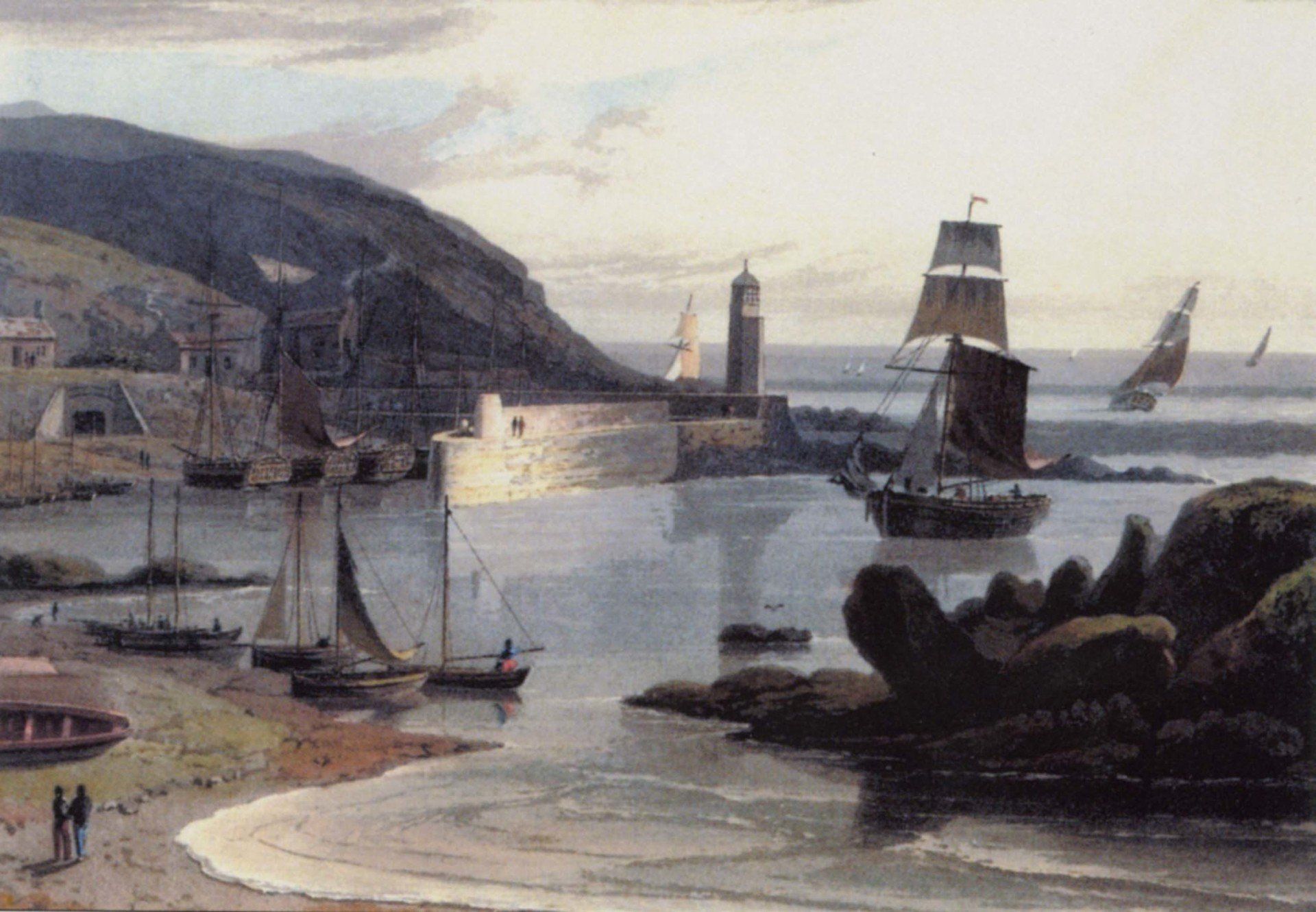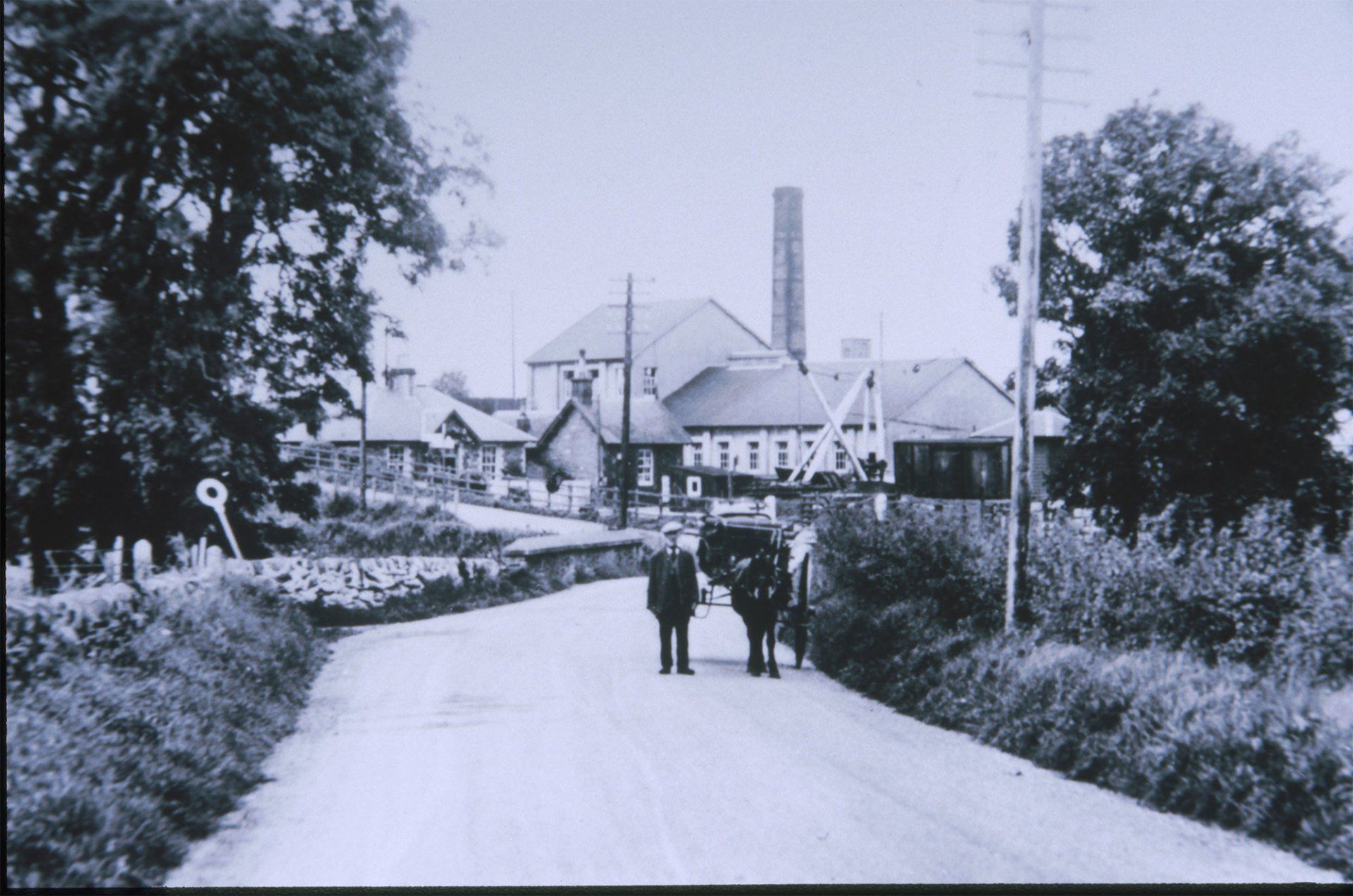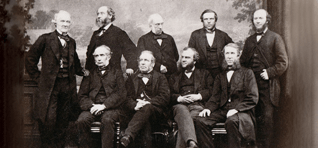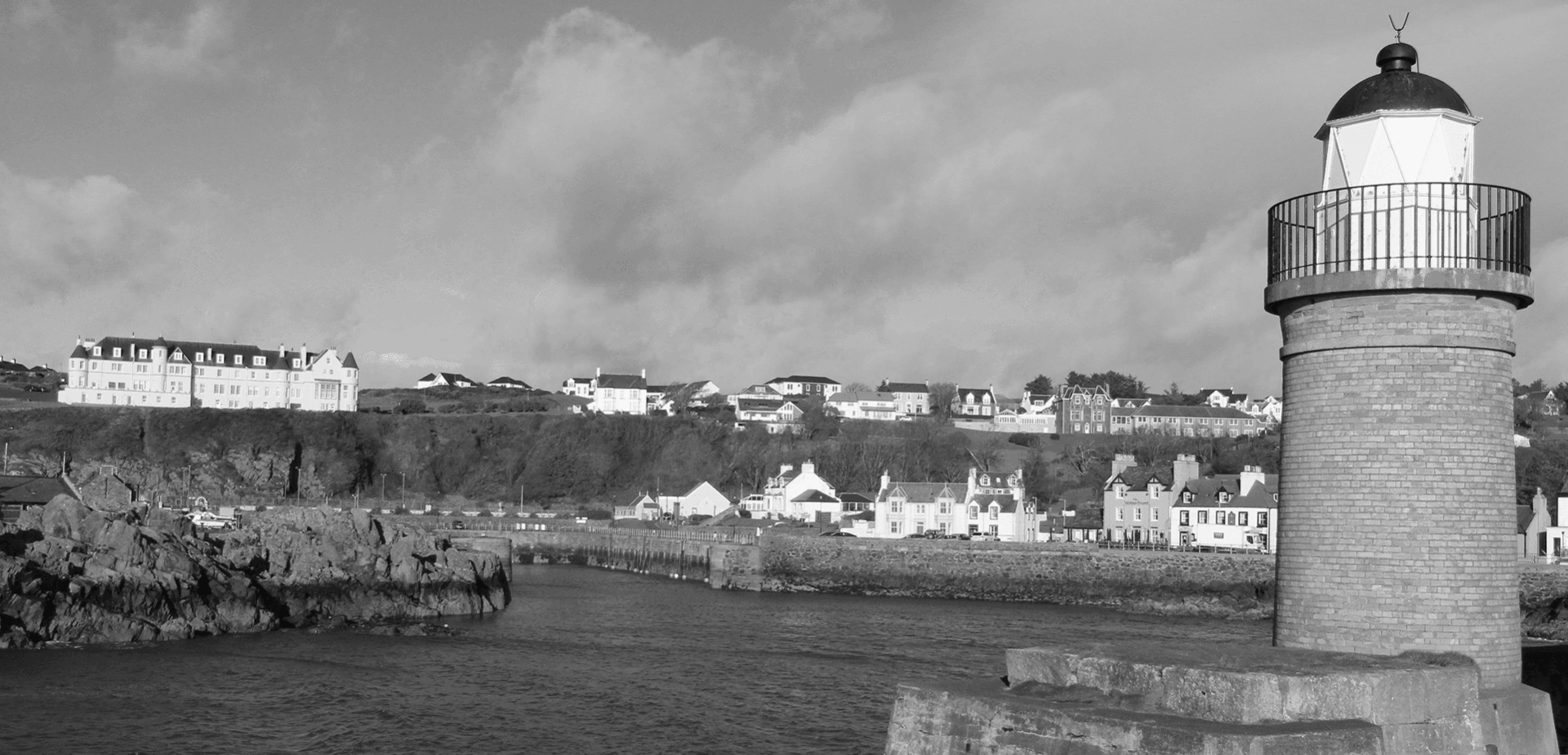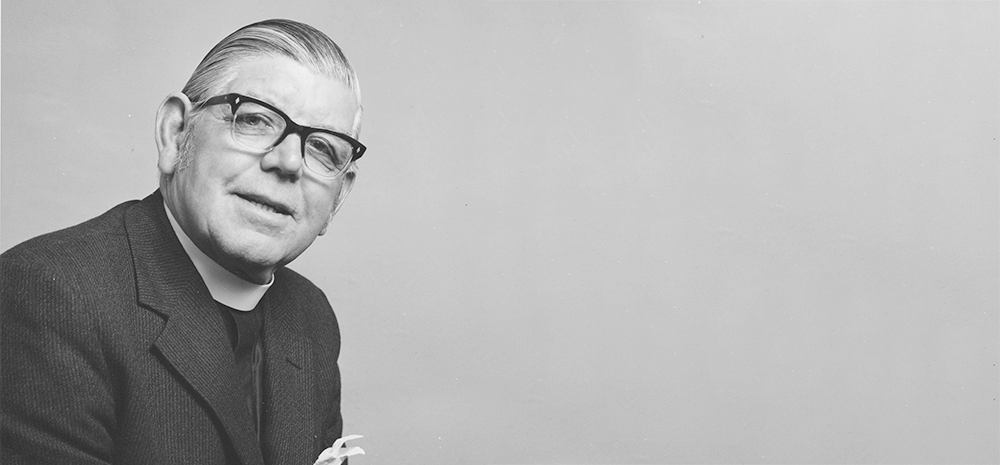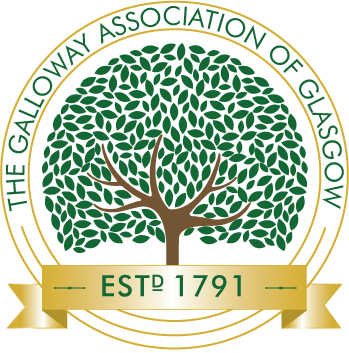About Us
Get in touchWho We Are
Recently supported organisations include 1st Stewartry Rangers & Leaders (Kirkcudbright), Auchencairn Initiative, Kirkcolm Primary School Parent Council, Kirkcudbright Development Trust, Newton Stewart Sub Aqua Club, Port William Bowling Club, and Stranraer Water Sports Association. Recent projects include Marketing Materials, Books, Concerts & Festivals, Building Refurbishments, and Equipment such as lawnmowers. Individuals have been supported to attend Summer Schools in Scotland and Sport Championships outwith Scotland, and to research and publish books.
Other such associations were formed around rural Scotland in the 18th and 19th centuries; however, few, if any, survive to this day. The Association seeks to enhance its good work for the community by extending its membership, which is drawn from Gallovidians, people who have relatives from Galloway, or those who have developed a passion for the ancient province.
Charitable Trust
The Galloway Association of Glasgow was formally constituted as the Glasgow Galloway Brotherly Society on 22 August 1791. It was reconstituted in its present form on 29 January 1940 and amended on 15 November 1997, 8 January 2007, 5 March 2011, 19 May 2013 and 26 March 2022 when a revised Constitution and Rules was adopted.
The management of the Association is the responsibility of the Trustees who are elected under its terms. Its Scottish Charity Number is SC006642.
The Trustees are elected by the Members in General Meeting, and consists of the President, the immediate past President, Vice President, Honorary Secretary, Honorary Treasurer and three Directors. Patron of the Trust is The Earl of Stair.
The objects of the Association are defined within the Constitution:
1. a) in affording relief to members of the Association and their dependants who, by reason of old age, illness or distress of circumstances are in need of assistance; and b) in aiding charitable or benevolent or educational purposes associated with Galloway.
2. Maintaining and extending a love for and an interest in Galloway. Object 2 does not fall under the category of the Benevolent Fund.
There is a need to promote and perpetuate the Association for the benefit of future generations, by actively attracting new members who have a passion for Galloway and can carry on the good work of the Association in the years ahead.
Annual Reports
List of Services
-
2024 Write a description for this list item and include information that will interest site visitors. For example, you may want to describe a team member's experience, what makes a product special, or a unique service that you offer.
-
2023 Write a description for this list item and include information that will interest site visitors. For example, you may want to describe a team member's experience, what makes a product special, or a unique service that you offer.
-
2022 Write a description for this list item and include information that will interest site visitors. For example, you may want to describe a team member's experience, what makes a product special, or a unique service that you offer.
-
2021 Write a description for this list item and include information that will interest site visitors. For example, you may want to describe a team member's experience, what makes a product special, or a unique service that you offer.
-
2020
-
2019 Write a description for this list item and include information that will interest site visitors. For example, you may want to describe a team member's experience, what makes a product special, or a unique service that you offer.
List Item 1 -
2018 Write a description for this list item and include information that will interest site visitors. For example, you may want to describe a team member's experience, what makes a product special, or a unique service that you offer.
List Item 2 -
2017 Write a description for this list item and include information that will interest site visitors. For example, you may want to describe a team member's experience, what makes a product special, or a unique service that you offer.
List Item 3 -
2016 Write a description for this list item and include information that will interest site visitors. For example, you may want to describe a team member's experience, what makes a product special, or a unique service that you offer.
List Item 4 -
2015 Write a description for this list item and include information that will interest site visitors. For example, you may want to describe a team member's experience, what makes a product special, or a unique service that you offer.
-
2014 Write a description for this list item and include information that will interest site visitors. For example, you may want to describe a team member's experience, what makes a product special, or a unique service that you offer.
-
2013 Write a description for this list item and include information that will interest site visitors. For example, you may want to describe a team member's experience, what makes a product special, or a unique service that you offer.
-
2012 Write a description for this list item and include information that will interest site visitors. For example, you may want to describe a team member's experience, what makes a product special, or a unique service that you offer.
-
2011 Write a description for this list item and include information that will interest site visitors. For example, you may want to describe a team member's experience, what makes a product special, or a unique service that you offer.
-
2010 Write a description for this list item and include information that will interest site visitors. For example, you may want to describe a team member's experience, what makes a product special, or a unique service that you offer.
-
2009 Write a description for this list item and include information that will interest site visitors. For example, you may want to describe a team member's experience, what makes a product special, or a unique service that you offer.
-
2008 Write a description for this list item and include information that will interest site visitors. For example, you may want to describe a team member's experience, what makes a product special, or a unique service that you offer.
-
2007 Write a description for this list item and include information that will interest site visitors. For example, you may want to describe a team member's experience, what makes a product special, or a unique service that you offer.
-
2006 Write a description for this list item and include information that will interest site visitors. For example, you may want to describe a team member's experience, what makes a product special, or a unique service that you offer.
-
2005 Write a description for this list item and include information that will interest site visitors. For example, you may want to describe a team member's experience, what makes a product special, or a unique service that you offer.
-
2004 Write a description for this list item and include information that will interest site visitors. For example, you may want to describe a team member's experience, what makes a product special, or a unique service that you offer.
-
2003 Write a description for this list item and include information that will interest site visitors. For example, you may want to describe a team member's experience, what makes a product special, or a unique service that you offer.
-
2002 Write a description for this list item and include information that will interest site visitors. For example, you may want to describe a team member's experience, what makes a product special, or a unique service that you offer.
-
2001 Write a description for this list item and include information that will interest site visitors. For example, you may want to describe a team member's experience, what makes a product special, or a unique service that you offer.
-
2000 Write a description for this list item and include information that will interest site visitors. For example, you may want to describe a team member's experience, what makes a product special, or a unique service that you offer.
-
1999 Write a description for this list item and include information that will interest site visitors. For example, you may want to describe a team member's experience, what makes a product special, or a unique service that you offer.
-
1998 Write a description for this list item and include information that will interest site visitors. For example, you may want to describe a team member's experience, what makes a product special, or a unique service that you offer.
-
1997 Write a description for this list item and include information that will interest site visitors. For example, you may want to describe a team member's experience, what makes a product special, or a unique service that you offer.
-
1996 Write a description for this list item and include information that will interest site visitors. For example, you may want to describe a team member's experience, what makes a product special, or a unique service that you offer.
-
1995 Write a description for this list item and include information that will interest site visitors. For example, you may want to describe a team member's experience, what makes a product special, or a unique service that you offer.
-
New List Item Write a description for this list item and include information that will interest site visitors. For example, you may want to describe a team member's experience, what makes a product special, or a unique service that you offer.
